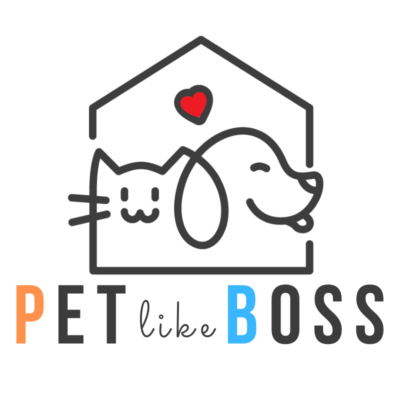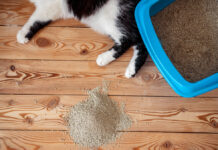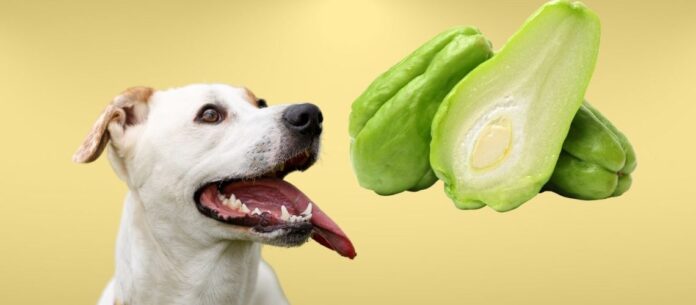Hey there fellow pet parents! Ever found yourself staring at that weird-looking green veggie in your kitchen and wondering if your four-legged bestie can have a bite? Well you’re in luck cause today we’re gonna dive deep into everything you need to know about dogs and chayote!
The Quick Answer (For Busy Pet Parents)
Yes, dogs can safely eat chayote! This nutritious squash is actually pretty good for your pup when served properly. But hold up – before you start chopping away, there’s some important stuff you should know!
What’s the Deal With Chayote Anyway?
Chayote (also called mirliton or vegetable pear) is this funky-looking green squash that’s super popular in Mexican and Latin American cooking. It’s kinda like a pear-shaped cucumber with a mild taste that’s somewhere between a cucumber and an apple.
Health Benefits of Chayote for Dogs
Your doggo can get some seriously awesome benefits from this veggie:
- Low in calories – perfect for chunky pups on a diet
- High in fiber – helps with digestion
- Loaded with vitamins (especially vitamin C)
- Good source of minerals like potassium
- Contains antioxidants – great for immune system
- High water content – helps keep your pup hydrated
How to Safely Feed Chayote to Your Dog
Listen up, cause this part’s important! Here’s how to serve chayote to your furry friend:
- Clean it properly – wash that baby thoroughly
- Remove the skin – while not toxic, it can be tough to digest
- Cook it up – raw chayote might be hard for some dogs to digest
- Cut into small pieces – prevents choking hazards
- Start small – introduce it gradually
Cooking Methods That Work Best
- Steaming – keeps most nutrients intact
- Boiling – makes it super soft and easy to digest
- Baking – gives it a nice texture dogs love
Pro tip Don’t add any seasonings oils or spices – keep it plain!
Warning Signs to Watch For
Even though chayote is safe, some doggos might have sensitive tummies Keep an eye out for
- Diarrhea
- Vomiting
- Excessive gas
- Loss of appetite
- Unusual behavior
If you notice any of these, maybe chayote isn’t your pup’s thing – and that’s totally okay!
How Much Chayote Can Dogs Eat?
Here’s a rough guide based on dog size:
- Small dogs (under 20 lbs): 1-2 small pieces
- Medium dogs (20-50 lbs): 2-3 medium pieces
- Large dogs (over 50 lbs): 3-4 larger pieces
Remember: treats should only make up about 10% of your dog’s daily diet!
When to Avoid Giving Your Dog Chayote
Some situations where you might wanna skip the chayote:
- If your dog has a sensitive stomach
- During diet changes
- If they’re recovering from surgery
- When they’re on certain medications
- If they’ve had bad reactions to squash before
Creative Ways to Serve Chayote to Your Dog
- Mix it into their regular food
- Freeze small pieces for a cool treat
- Use it in homemade dog treats
- Add it to a veggie mix
Common Questions Pet Parents Ask
Can puppies eat chayote?
Yep, but wait until they’re eating solid foods regularly and start super small!
What about the seeds?
Better safe than sorry – remove them before serving.
Can dogs eat raw chayote?
They technically can, but cooked is easier to digest and safer.
How often can I feed chayote to my dog?
1-2 times a week is plenty as part of a balanced diet.
The Bottom Line
Chayote can be a healthy, yummy addition to your dog’s diet when prepared right. Just remember:- Start small- Cook it plain- Watch for reactions- Keep it as an occasional treat
Like with any new food, it’s always smart to chat with your vet first, especially if your pup has health issues or dietary restrictions.
Final Thoughts and Tips
- Always supervise your dog when trying new foods
- Keep portions reasonable
- Store leftover cooked chayote properly
- Don’t panic if your dog snags a piece – it’s generally safe!
Remember, every dog is different, and what works for one might not work for another. Pay attention to how your furry friend reacts and adjust accordingly.
So there you have it, fam! Everything you need to know about feeding chayote to your four-legged friend. Now go forth and experiment (safely) with this awesome veggie! Just don’t forget to snap some pics of your pup enjoying their new treat – those are always priceless!
Disclaimer: While this guide is based on research and expert opinions, always consult with your veterinarian before making significant changes to your dog’s diet.












